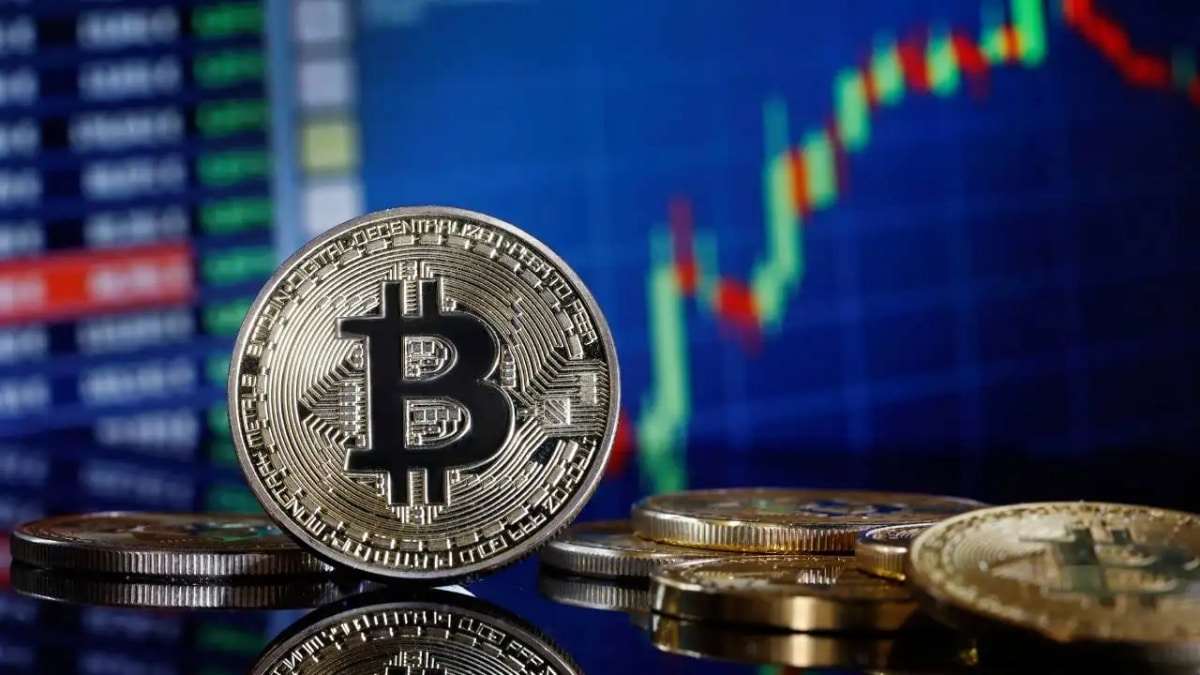
How Is the Price of Bitcoin Determined?
The price of Bitcoin, the world’s most recognized cryptocurrency, is a topic of considerable interest among investors, economists, and tech enthusiasts. Unlike traditional currencies, Bitcoin operates on a decentralized system without the backing of a central authority. This raises the question: how exactly is the price of Bitcoin determined?
Supply and Demand Dynamics
At its core, the price of Bitcoin is influenced by the fundamental economic principle of supply and demand. Bitcoin has a fixed supply cap of 21 million coins, and as of today, the majority of these coins have already been mined. This scarcity makes Bitcoin a unique asset compared to fiat currencies, which can be printed at will by central banks.
When demand for Bitcoin rises, whether due to increased interest from institutional investors, adoption by companies, or general market hype, the price tends to increase. Conversely, if demand wanes or significant selling occurs, the price of Bitcoin may drop. This dynamic interplay between buyers and sellers forms the backbone of Bitcoin price fluctuations.
Market Sentiment and Speculation
Another key factor influencing the price of Bitcoin is market sentiment. News about regulatory developments, technological advancements, or significant endorsements can greatly sway public opinion. For instance, when a major company announces Bitcoin adoption, it often triggers a surge in demand, pushing prices higher.
Speculation also plays a large role. Many traders buy and sell Bitcoin based on predictions about its future price movements. This speculative trading can amplify volatility, causing sharp spikes or drops in Bitcoin’s value over short periods.
Mining Costs
The process of mining Bitcoin, which involves solving complex mathematical puzzles to validate transactions on the blockchain, requires significant computational power and energy. The costs associated with mining—such as electricity, hardware, and maintenance—can indirectly influence Bitcoin’s price.
If mining becomes more expensive due to increased energy costs or more challenging puzzles, miners may demand higher compensation for their efforts. This could, in turn, affect the market price of Bitcoin, particularly if mining costs rise above the current market price, discouraging new miners from entering the network.
Halving Events
Bitcoin undergoes a “halving” event approximately every four years. During these events, the reward for mining new Bitcoin blocks is halved. Halving reduces the rate at which new Bitcoins are introduced into circulation, effectively decreasing the supply growth.
Historically, halving events have led to significant price increases, as the reduced supply meets steady or growing demand. This predictable reduction in supply often fuels market speculation and optimism, further driving up the Bitcoin price.
Macroeconomic Factors
Global economic conditions also play a role in determining Bitcoin’s price. For example, during times of economic uncertainty or inflation, Bitcoin is often seen as a “store of value,” similar to gold. This perception can drive demand for Bitcoin as investors seek assets that are not tied to traditional financial systems.
Moreover, fluctuations in fiat currency values, geopolitical tensions, and changes in monetary policy can indirectly influence Bitcoin’s attractiveness as an investment, thereby impacting its price.
Exchange Activity
The platforms where Bitcoin is traded—cryptocurrency exchanges—also influence its price. Different exchanges may quote slightly different prices due to variations in supply and demand on each platform. Additionally, the introduction of new trading pairs, such as Bitcoin-to-Euro or Bitcoin-to-Yen, can expand Bitcoin’s reach to new markets, potentially increasing demand and affecting the price.
Regulation and Legal Developments
Government regulations and legal frameworks surrounding cryptocurrencies have a significant impact on Bitcoin’s price. Favorable regulations, such as the approval of Bitcoin exchange-traded funds (ETFs) or tax incentives for cryptocurrency investments, can bolster demand and drive up prices.
Conversely, restrictive measures, such as outright bans or stringent taxation policies, can suppress demand and lead to price declines. Investors closely monitor regulatory developments as these can cause sharp market reactions.
Institutional Adoption
The involvement of institutional investors has brought newfound legitimacy to Bitcoin as an asset class. Large-scale investments by corporations and financial institutions can significantly affect Bitcoin’s price. When companies like Tesla or payment platforms like PayPal announce Bitcoin integration, the resulting surge in demand can drive the price higher.
Institutional adoption also introduces new financial instruments, such as futures and options, allowing investors to hedge or speculate on Bitcoin price movements, further influencing its market value.
Conclusion
The price of Bitcoin is shaped by a combination of factors ranging from fundamental economic principles to speculative trading and external influences such as regulation and macroeconomic trends. Understanding these factors provides valuable insights into why Bitcoin’s price is so dynamic and often volatile.
As the cryptocurrency market continues to mature, the mechanisms driving Bitcoin’s price are likely to evolve. For now, the interplay of supply and demand, coupled with external influences, remains at the heart of Bitcoin price determination.


